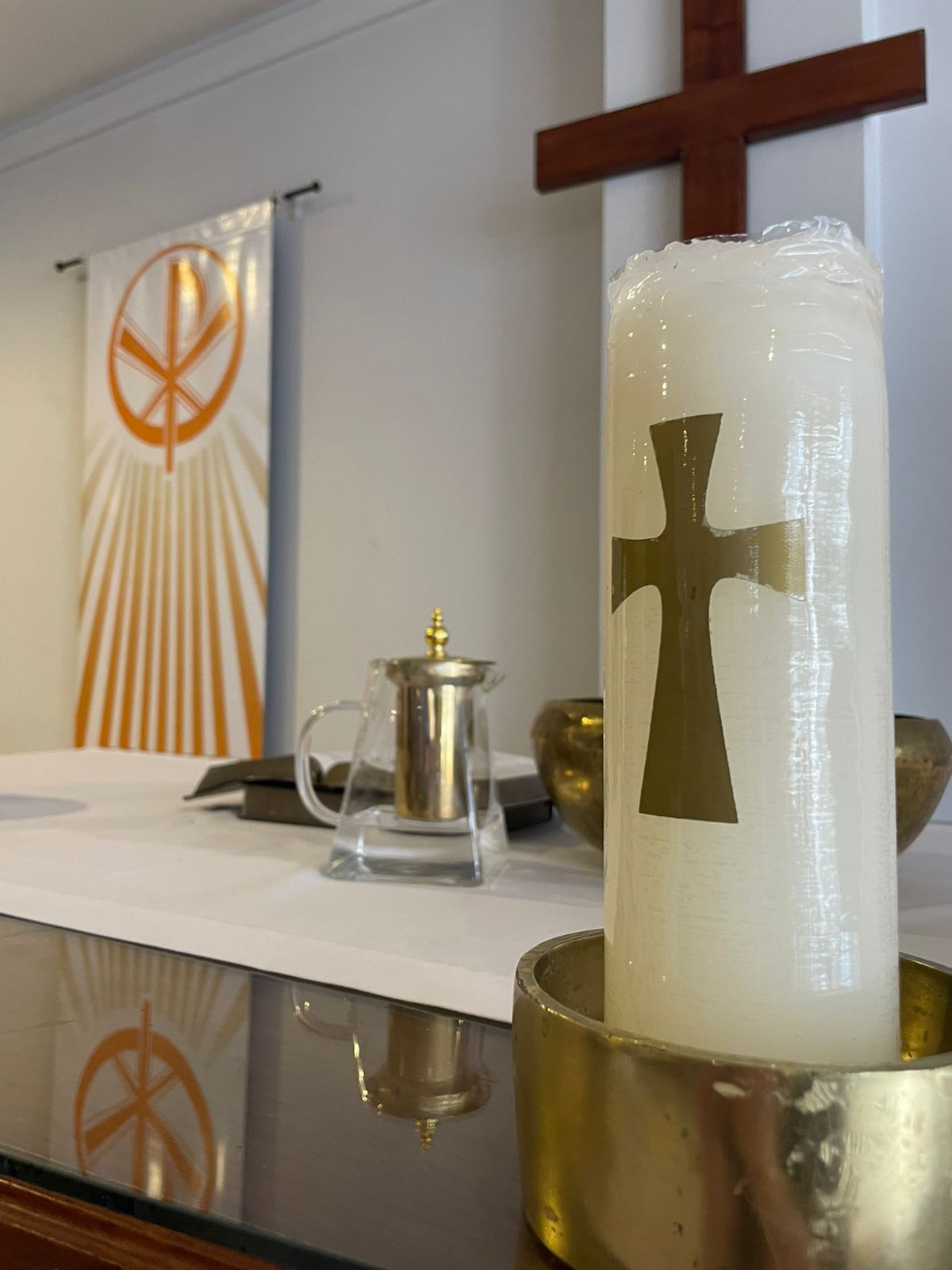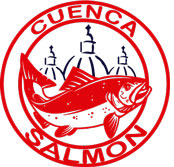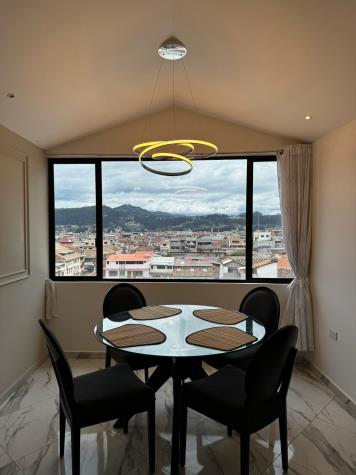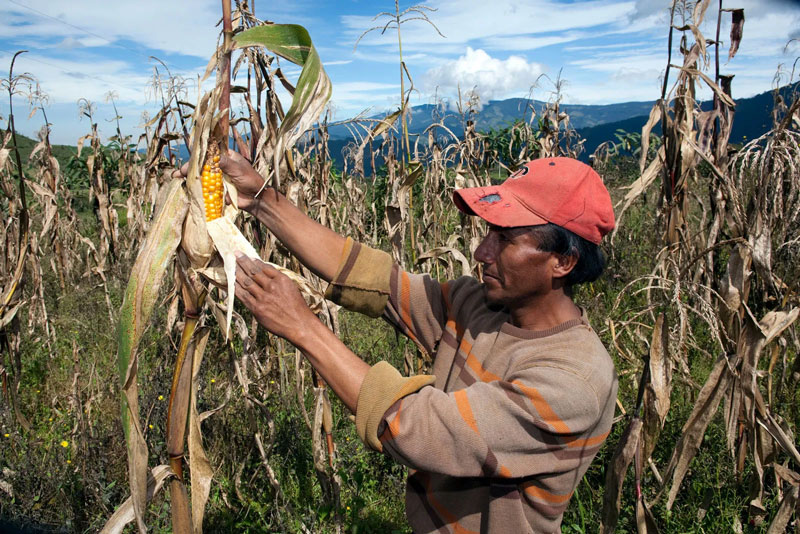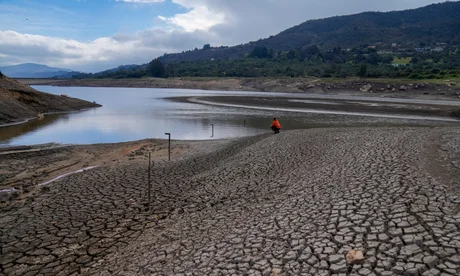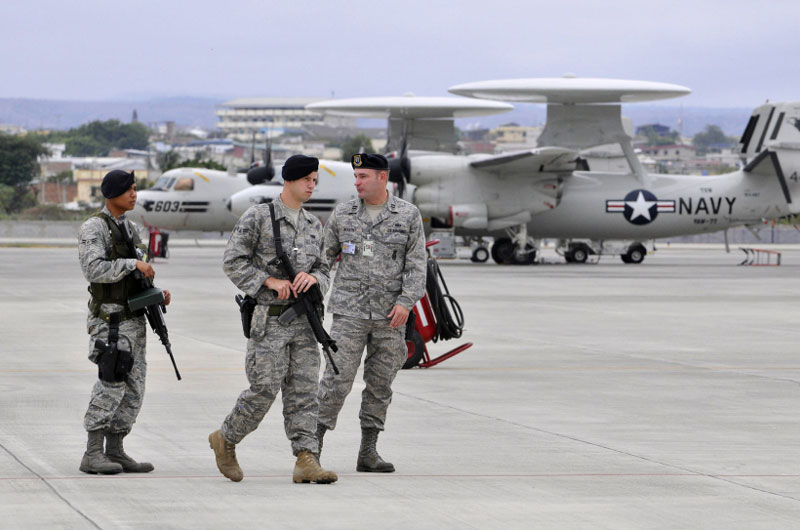Lasso looks to end fuel subsidies for good, including for gas, as talks begin with transportation unions
As the new government of President Guillermo Lasso begins negotiations today with trucking, bus and taxi unions to alleviate the impact of rising diesel and gasoline prices, it is quietly looking for ways to end the largest fuel subsidy, that for LP gas. A 2014 attempt by former president Rafael Correa to phase out the gas subsidy failed and no efforts have been made since.

Trucks delivering LP gas cylinders are a common sight throughout Ecuador. The gas subsidy covers as much as 80 percent of the market price.
According to the Inter-American Development Bank, the diesel, gasoline and LP gas subsidies cost Ecuador about $2.5 billion annually although other estimates put the cost closer to $3 billion or even higher.
“Since the collapse of oil prices in 2014 and 2015, the subsidies have been a massive burden on the Ecuadorian economy,” says Energy Minister Juan Bermeo. “Especially today, as we face the economic devastation of the Covid pandemic we must find a way to reduce that burden. As we do this, we must find ways that protect our poorest citizens.”
Lasso has said he supports former president Lenin Moreno’s decision to end the subsidies for gasoline and diesel fuel, which cost the government about $1.1 billion a year. In October 2019, Lasso announced a plan to end diesel and gasoline subsidies but was forced to back down following violent protests in Quito and other cities. Seven months later, in the early stages of the Covid-19 pandemic, he introduced a revised version of the plan, allowing gradual fuel price increases until they reach international market rates, which is expected in August or September.
The elimination of subsidies is one of the suggestions of the International Monetary Fund for the loans the country began receiving last year. According to former energy minister Carlos Erazo, the IMF suggestion “is more of a demand than a recommendation.”
The talks with transportation and trucking interests will consider a number of options, including allowing companies to raise rates which are currently set by the government. Transportation minister and former Cuenca mayor Marcelo Cabrera agrees that businesses regulated by the national and local governments are in a difficult position. “We cannot turn back on the program to eliminate subsidies so we must find other mechanisms to allow companies to cover their expenses,” he says.
Bermeo says it is too early to discuss a plan to eliminate the subsidy for gas, which is used primarily for cooking. “It will take months to develop a program for a phase-out and because of the intense feelings on all side of the issue we don’t plan to discuss it until the proper time. The biggest challenge is to provide support for low-income Ecuadorians who depend on reduced cooking fuel costs.”
Correa’s 2014 plan to eliminate LP subsidies was based on transitioning from gas to electricity for cooking. The government offered subsidies for the purchase of electric induction stoves and cooktops as well as discounts on electric bills. The plan never gained popular support and was officially ended when Moreno took office.
In recent years, the subsidy for LP gas has covered between 60 percent and 80 percent of the market price.







